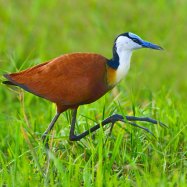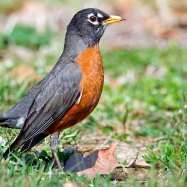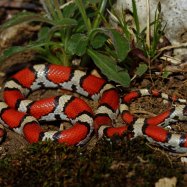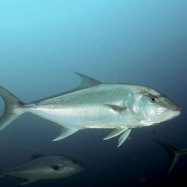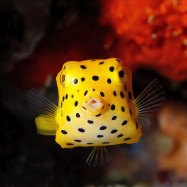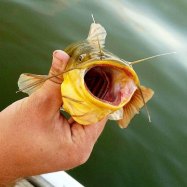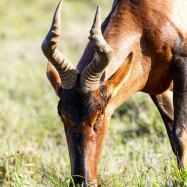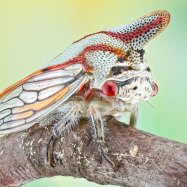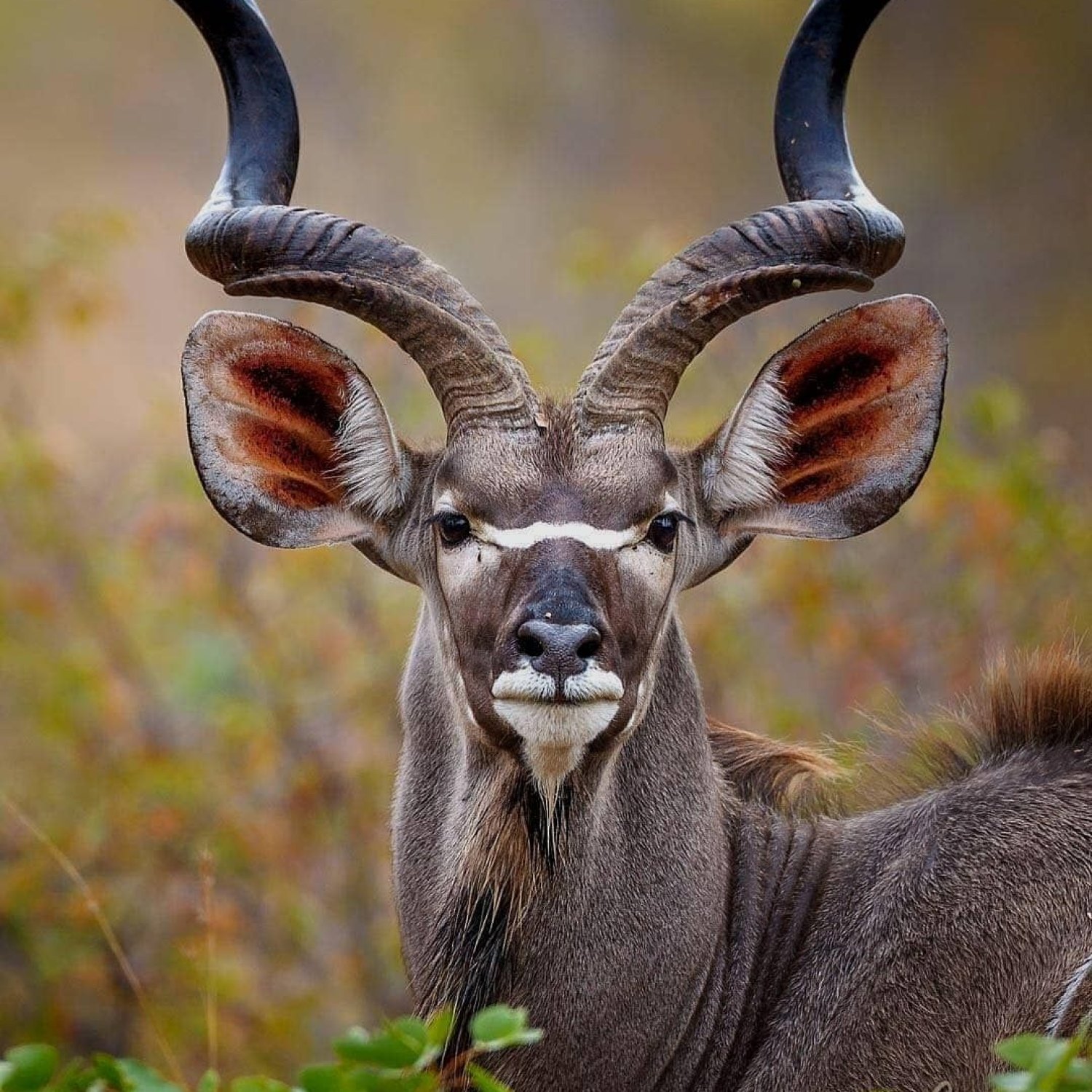
Kudu
160-240 cm
The Kudu, a large and slender antelope found in Southern and Eastern Africa, belongs to the Bovidae family. They can grow up to 160-240cm in length and are known for their elegant spiraled horns and beautiful coat. Spotting a Kudu in the wild is a truly memorable experience for any animal lover. #Kudu #Antelope #AfricanAnimals
Animal Details Summary:
Common Name: Kudu
Kingdom: Animalia
Habitat: Woodlands, savannas, and bushlands
The Magnificent Kudu: An African Antelope with a Stunning Presence
In the vast savannas and woodlands of sub-Saharan Africa, one can easily spot a majestic animal with long twisted horns, a pale brown coat, and a striking presence - the Kudu. This magnificent creature, scientifically known as Tragelaphus strepsiceros, belongs to the Bovidae family and is a member of the Artiodactyla order, which includes even-toed hoofed mammals like deer, goats, and cows.With a body shape akin to a deer, the Kudu stands out among its bovine relatives for its large size, elegant horns, and unique coloration. From its feeding habits to its geographical distribution, there's so much to discover about this impressive animal that has been captivating people for centuries Kudu. Join us as we embark on a journey to understand the beauty and wonder of the Kudu.
An African Icon
The Kudu is a common name for the Tragelaphus strepsiceros, and it is derived from the local languages in Eastern and Southern Africa where this animal is mostly found. In Swahili, the Kudu is known as the 'Kuro' or 'Mkudu,' in Afrikaans, it is called 'Koedoe,' and in Zulu, it is known as 'Ihele,' all of which refer to its large size and unique horns.The Kudu is widely recognized as an emblem of Africa, prized for its impressive appearance and gentle nature. It has been featured in many African myths and folklore, and its striking horns are often used in traditional ceremonies and rituals. In many African countries, the Kudu is a symbol of protection, strength, and grace, making it a highly revered animal.
Anatomy and Physical Characteristics
The Kudu has a large, elongated body that can reach up to 240 cm in length, making it one of the largest antelopes in Africa. Its body is slender and athletic, with a short neck, a narrow chest, and long legs that allow it to move swiftly and gracefully through its habitat. An interesting fact about the Kudu is that it has a ridge of coarse hair along its spine, which can stand up when it feels threatened, making it look larger and more intimidating Kangal Shepherd Dog.One of the most distinctive features of the Kudu is its beautiful horns. Only the males have horns, which can grow up to 1.8 meters in length. These horns are twisted and have several curls, which are used for defense against predators and in dominance battles among males. Interestingly, the number of curls on the horns can indicate the Kudu's age, with more curls indicating an older animal. The females are smaller in size and do not have horns, making it easy to differentiate between the sexes.
The Kudu's coat also adds to its magnificent appearance. It is mostly a pale grey-brown color, but some individuals may have a reddish-brown or even bluish tinge. This coloration acts as camouflage in their habitat and allows them to blend in with the surrounding vegetation, making it harder for predators to spot them.
An Elegant Herbivore
The Kudu is a herbivorous animal, meaning it feeds exclusively on plants and vegetation. It has a complex digestive system that allows it to extract nutrients from tough and fibrous vegetation, such as leaves and twigs. This makes the Kudu an essential player in maintaining a balance in the ecosystem by controlling the growth of certain plants.The Kudu is a selective feeder, which means it carefully chooses the leaves, fruits, and shoots it consumes. These feeding habits have helped the Kudu adapt to different environments throughout its range, which includes savannas, woodlands, and bushlands. It is a common sight to spot a Kudu gracefully browsing through the vegetation, using its long and agile tongue to carefully pick its food.
African Home
The natural habitat of the Kudu is the wide-open spaces of Southern and Eastern Africa. They can be found in almost every country in sub-Saharan Africa, from South Africa, Namibia, and Botswana to Kenya, Tanzania, and Somalia. The Kudu is highly adaptable and can survive in a wide range of habitats, from dry and arid areas to dense forests.In these habitats, the Kudu has an important role to play in maintaining a healthy ecosystem. Its grazing behavior helps keep the vegetation in check, preventing overgrazing and the spread of invasive plants. This contributes to maintaining a diverse and well-balanced ecosystem, which allows the Kudu and other animals to thrive.
Conservation Efforts
Like many other animals in the wild, the Kudu's population has been significantly affected by habitat loss, poaching, and climate change. According to the International Union for Conservation of Nature (IUCN), the Kudu is currently listed as a species of "Least Concern." However, conservation efforts are ongoing to preserve this beautiful animal.Various conservation organizations, along with local communities, are working to create awareness about the Kudu and its role in the ecosystem. Measures are also being taken to protect their habitats and prevent human-animal conflicts. In some countries, the Kudu is also protected by law, making it illegal to hunt or harm them.
A Sight to Behold
The Kudu is not only an iconic figure in African culture, but it also plays a significant role in maintaining the balance of ecosystems. Its striking appearance, coupled with its grace and gentle nature, make it a sight to behold. Whether you spot one in the wild or admire it in pictures and videos, you can't help but be captivated by this magnificent animal.With its unique coloration, impressive horns, and gentle habits, the Kudu is a true African wonder that continues to amaze and fascinate people all over the world. As we continue to preserve their habitats and protect this beautiful species, we can hope to see the Kudu thrive and continue to charm us with its majestic presence.

Kudu
Animal Details Kudu - Scientific Name: Tragelaphus strepsiceros
- Category: Animals K
- Scientific Name: Tragelaphus strepsiceros
- Common Name: Kudu
- Kingdom: Animalia
- Phylum: Chordata
- Class: Mammalia
- Order: Artiodactyla
- Family: Bovidae
- Habitat: Woodlands, savannas, and bushlands
- Feeding Method: Herbivorous
- Geographical Distribution: Sub-Saharan Africa
- Country of Origin: Various African countries
- Location: Southern and Eastern Africa
- Animal Coloration: Pale grey-brown to reddish-brown
- Body Shape: Large and slender
- Length: 160-240 cm
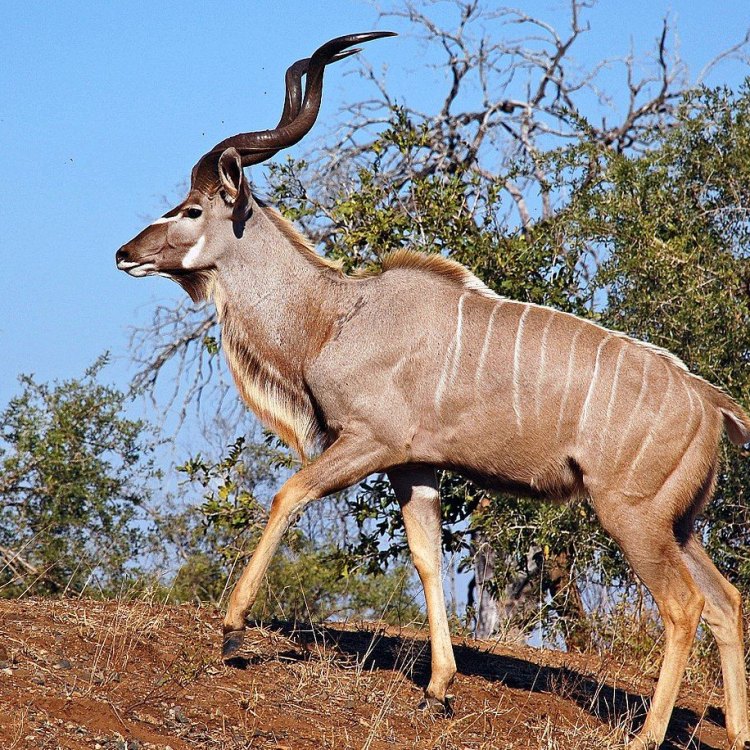
Kudu
- Adult Size: Shoulder height: 100-150 cm; Weight: 120-315 kg
- Average Lifespan: Up to 23 years
- Reproduction: Sexual
- Reproductive Behavior: Polygynous
- Sound or Call: Loud and high-pitched whistle
- Migration Pattern: Migratory in some regions
- Social Groups: Females and young form herds, while males are solitary or form bachelor groups
- Behavior: Mostly active during the early morning and late afternoon
- Threats: Habitat loss, poaching, and predation
- Conservation Status: Least Concern
- Impact on Ecosystem: Important browsers and seed dispersers
- Human Use: Hunting, trophy hunting, and ecotourism
- Distinctive Features: Spiraled horns, white vertical stripes on the body
- Interesting Facts: The male's long, spiral horns can reach up to 1.8 meters in length
- Predator: Lions, leopards, hyenas, and African wild dogs
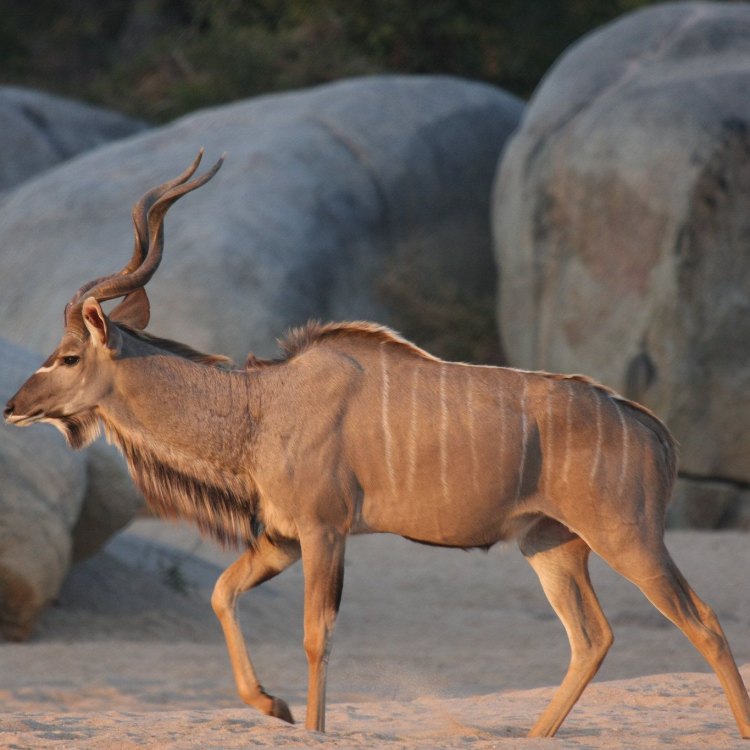
Tragelaphus strepsiceros
The Majestic Kudu: An Enigmatic Antelope of Africa
In the vast savannas and woodlands of Africa, an elusive and majestic creature roams freely, its presence often going unnoticed among the other iconic animals of the continent. The kudu, with its stunning spiral horns and distinctive markings, is a symbol of strength, grace, and resilience in the African wilderness. In this article, we will explore the unique features and behaviors of the kudu, as well as its vital role in the ecosystem and the challenges it faces in a rapidly changing world.Adult kudus are one of the largest antelope species in Africa, with an impressive shoulder height ranging from 100 to 150 cm and weighing between 120 to 315 kg PeaceOfAnimals.Com. Their size and strength make them formidable creatures in their habitat, and it's no wonder that the name 'kudu' is derived from the Khoikhoi word for 'large antelope.'
These beautiful creatures have an average lifespan of up to 23 years in the wild, a testament to their adaptability and hardiness. However, their reproduction is strictly sexual, with males competing for access to females during mating season. This leads us to their unique reproductive behavior - polygyny.
Polygyny refers to the mating system in which a male mates with multiple females. In the case of kudus, the dominant males will engage in fierce battles with other males to establish their dominance and mating rights. This behavior is not unusual in the animal kingdom, but it's always fascinating to witness in the wild.
If you ever have the opportunity to observe kudus in their natural habitat, the first thing you will notice is their distinctive call. Kudus are known for their loud and high-pitched whistles, which can be heard echoing through the savannas Kishu. These vocalizations are used to communicate with other members of their herd and can also serve as a warning signal to potential predators.
One interesting fact about kudus is that their migration patterns can vary depending on their location. While some populations are sedentary, staying in one area year-round, others migrate to different regions following the seasonal changes and search for better food sources. This ability to adapt and move to different areas makes them valuable players in their ecosystem.
Kudus are social animals, with females and young forming herds while males are primarily solitary or form bachelor groups. These herds can range from five to twenty individuals and are led by a dominant female. Their social behavior and organization also contribute significantly to their survival and success as a species.
In terms of behavior, kudus are mostly active during the early morning and late afternoon, resting and conserving energy during the hottest parts of the day. They are herbivorous animals, and their diet consists mainly of leaves, fruits, and flowers. As browsers, they play a crucial role in maintaining the balance of vegetation in their habitat, preventing overgrowth and promoting biodiversity.
Unfortunately, despite their vital role in their ecosystem, kudus face numerous threats to their survival. Habitat loss is one of the most significant challenges, with their natural habitat being transformed into farmland, reducing their access to food and shelter. Additionally, poaching for bushmeat and their horns, which are used in traditional medicine, has had a severe impact on kudu populations.
Predation is another threat that kudus face, with large predators such as lions, leopards, hyenas, and African wild dogs preying on them. However, their impressive size and awareness of their surroundings help them evade these predators most of the time.
Due to these threats, the International Union for Conservation of Nature (IUCN) placed kudus on the 'Least Concern' list of endangered species. This designation means that their population is stable and not at immediate risk of extinction. However, this does not mean that we should become complacent in protecting these beautiful creatures and their habitat.
The kudu's impact on the ecosystem goes beyond being browsers and seed dispersers. They also play a crucial role in ecotourism, attracting visitors from all over the world who come to witness their beauty and observe their behaviors in the wild. This, in turn, generates revenue and boosts the economy of African countries, making the conservation of kudus and their habitat even more crucial.
As humans, we have had a significant impact on the kudu population, but we also have the power to protect and preserve them for future generations. Several conservation efforts and initiatives are currently in place to safeguard these magnificent creatures, including wildlife reserves, anti-poaching patrols, and education programs.
It's not just conservation efforts that can help protect kudus; responsible tourism practices also play a crucial role. When we travel to different parts of the world, it's essential to be mindful of our impact on the environment and the animals that call those places home. We can do this by supporting sustainable tourism practices and avoiding activities that exploit or harm animals.
In conclusion, the kudu is a mysterious and majestic creature that deserves our admiration, respect, and protection. From its distinctive features, unique behaviors, to its vital role in the ecosystem and fascinating capabilities, there is much to discover and appreciate about these animals. As we continue to learn more about them, let us also work towards coexisting harmoniously with these beautiful creatures and preserving their home in the African wilderness.
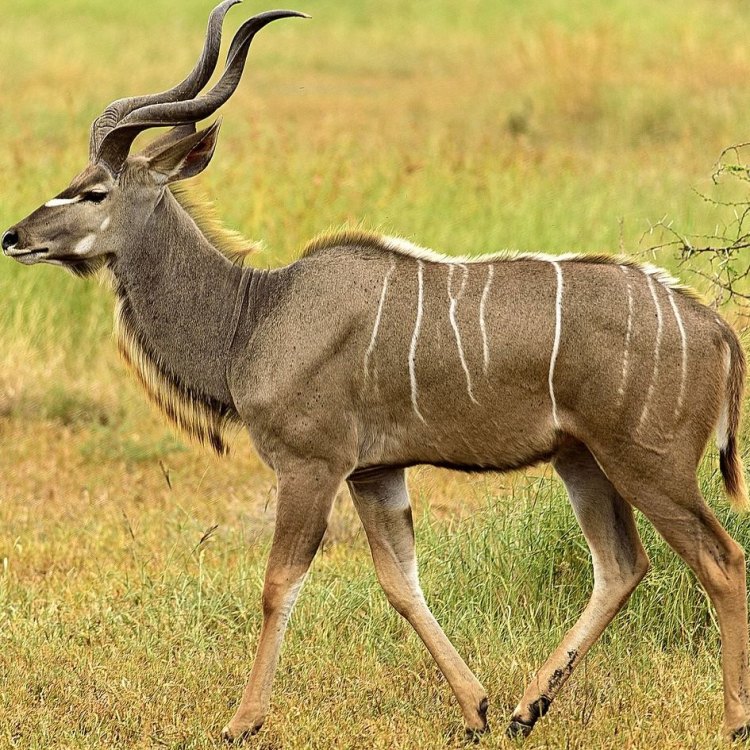
The Magnificent Kudu: An African Antelope with a Stunning Presence
Disclaimer: The content provided is for informational purposes only. We cannot guarantee the accuracy of the information on this page 100%. All information provided here may change without prior notice.

